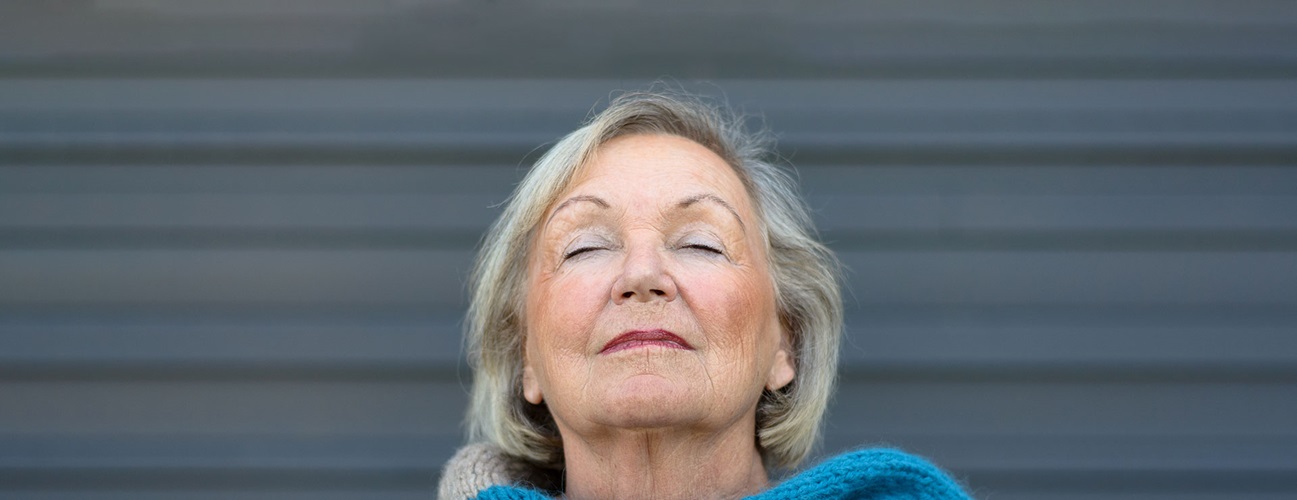Lung Cancer Screening: 5 Questions Answered
Featured Expert
Johns Hopkins pulmonologist Lonny Yarmus, D.O., wants to spread the word that early detection of lung cancer can save lives.
Why is lung cancer screening important?
More people die of lung cancer than any other cancer every year. Early screening has helped reduce the mortality rate of lung cancer, but it can be lower if we can diagnose more patients sooner. Early diagnosis means we can more effectively treat patients, which increases their chance of survival.
Who should be screened?
Anyone age 55 and older who currently is or has been a smoker for over 30 “pack years” [number of packs a day smoked multiplied by year—for example, one pack a day for 30 years, or two packs a day for 15 years] is a candidate for lung cancer screening. When done annually, any abnormalities can be detected and investigated.
How does one start the screening process?
If you’re at risk, talk to your primary care physician or a lung specialist about screening. He or she can discuss your risk factors and answer any questions or concerns.
How safe is the screening?
A low-dose CT scan is the safest and most effective form of lung cancer screening. It takes roughly five minutes and can detect signs of the early stages of lung cancer that an X-ray often misses.
What happens if something is found?
If an abnormality is detected, there are minimally invasive procedures available that allow our team of experts to determine if the nodule is cancer. A panel of lung cancer specialists reviews each case and works with each individual patient to determine the best course of care. Ten years ago, a lung cancer diagnosis was a death sentence. Today, thanks to new treatments, screening and early detection, that doesn’t have to be the case.
Meet Our Lung Cancer Experts

We focus our experience and expertise on preventing, screening for, diagnosing, and treating lung cancer in ways that give our patients the best possible prognosis.







